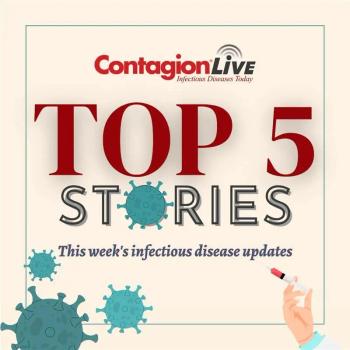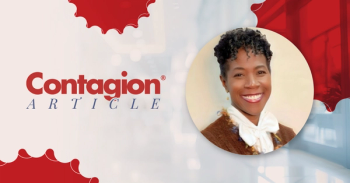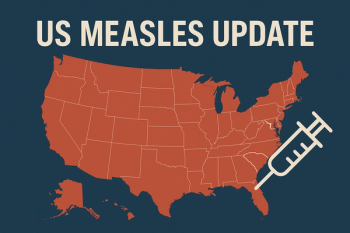Clesrovimab targets site IV of the RSV fusion protein, a conserved epitope present on both pre- and postfusion conformations. Targeting a different epitope than palivizumab at site II and nirsevimab at site Ø may diversify the prevention landscape and reduce resistance concerns. The absolute risk reduction for the primary outcome was roughly 3.9 percentage points, yielding an approximate number needed to treat of 26 for one 150-day season. The absolute reduction in hospitalization was roughly 2 percentage points, with an approximate number needed to treat of 51.1
The trial assessed outcomes over a single 150-day season. Longer-term durability across multiple seasons and performance under varying RSV circulation patterns remain to be clarified. Head-to-head comparative effectiveness vs nirsevimab and combination strategies with maternal vaccination were not evaluated in this study.1
What You Need to Know
One intramuscular 105 mg dose reduced RSV-associated hospitalization to .4% vs 2.3% with placebo, efficacy 84.2% (95% CI, 66.6–92.6; P<.001).
Medically attended RSV LRI occurred in 2.6% vs 6.5%, efficacy 60.4% (95% CI, 44.1–71.9; P<.001), with an absolute risk reduction of about 3.9 percentage points and an approximate NNT of 26.
Serious adverse events were 11.5% vs 12.4%, indicating a safety profile comparable to placebo, while longer term durability and head-to-head comparisons with nirsevimab remain unstudied.
Regulatory and policy actions over the past months support clinical uptake of clesrovimab. On June 11, 2025, the FDA approved clesrovimab under the brand name Enflonsia for prevention of RSV lower respiratory tract disease in infants born during or entering their first RSV season. Approval was based on the CLEVER phase 2b/3 program and supported by interim data from the SMART phase 3 trial in high-risk infants that suggested comparable safety and effectiveness to palivizumab.2
On June 26, 2025, the CDC [Centers for Disease Control and Prevention]’s Advisory Committee on Immunization Practices [ACIP] voted to recommend clesrovimab for infants younger than 8 months who lack protection from maternal RSV vaccination and voted to include RSV monoclonal antibodies in the Vaccines for Children Program, which is expected to expand no-cost access and improve equitable uptake.3
Additional evidence presented at IDWeek 2025 reinforces the broader prevention framework. A randomized, open-label phase 4 study of 181 mother-infant pairs across 8 US sites found that maternal RSVpreF vaccination and infant nirsevimab, used alone or in sequence, were safe and produced high infant neutralizing antibody levels against RSV-A and RSV-B through 4 months of age. These findings support current CDC guidance that recommends maternal RSV vaccination at 32 to 36 weeks of gestation and infant immunization under 8 months of age, and they provide flexibility for programs to align maternal and infant strategies with supply and timing considerations.4
Taken together, the NEJM study positions clesrovimab as a single-dose, season-long option that meaningfully lowers medically attended RSV disease and hospitalization in healthy infants while concurrent FDA [US Food and Drug Administration] approval, ACIP recommendations, and complementary maternal and infant immunization data outline a practical path to real-world implementation.
References
1. Zar HJ, Simões EAF, Madhi SA, et al; CLEVER (MK-1654-004) Study Group. Clesrovimab for prevention of RSV disease in healthy infants. N Engl J Med. 2025;393(13):1292-1303. doi:10.1056/NEJMoa2502984
3. ACIP meeting information. Centers for Disease Control and Prevention. October 16, 2025. Accessed November 3, 2025. https://www.cdc.gov/acip/meetings/index.html
4. Rostad CA, Healy CM, Nayak JL, et al. The immunology and safety of maternal RSV vaccination, infant nirsevimab immunization, or both products- interim analysis of a randomized clinical trial. Presented at: IDWeek 2025; October 19-22, 2025; Atlanta, GA.























































































































































































































































































